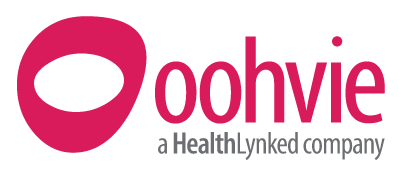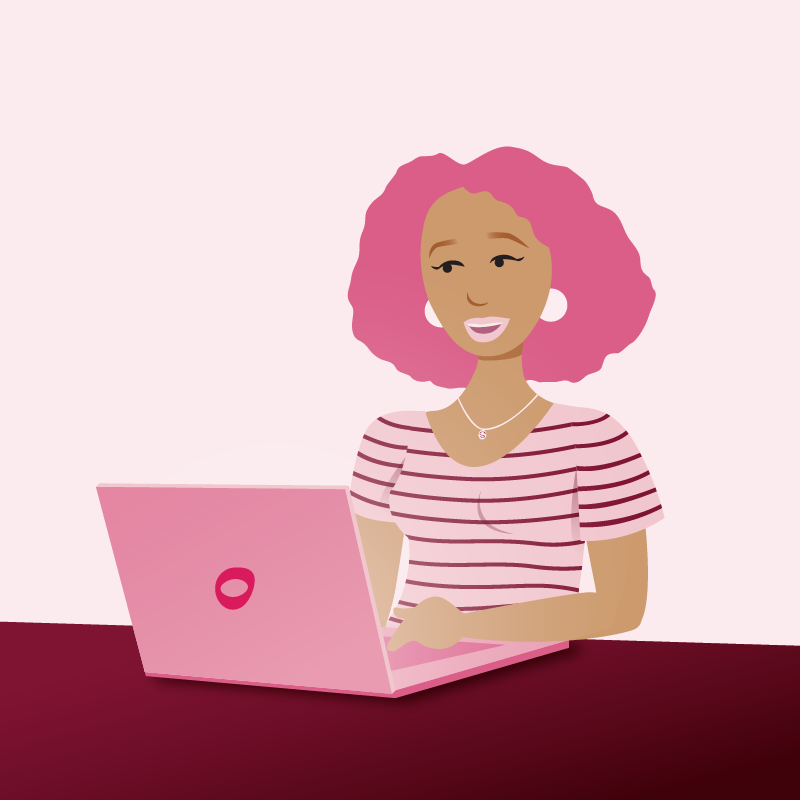
10 Nutrition Tips for Pregnant Women
During your pregnancy, you’re eating for two. That means you need to eat more, and you need to eat better. As a result, your diet
Much like breastfeeding, pumping milk shouldn’t hurt. The pump’s job is to gently encourage a milk letdown, then continue suctioning to collect that milk. This process shouldn’t be painful, and it’s not meant to cause damage to your nipples or breasts. Unfortunately, some women do experience nipple pain from pumping, and others experience nipple damage on top of the pain. This is especially true when you’re first starting out with pumping, as you’re getting used to the pump. If you’re experiencing pumping nipple pain, you’re far from alone. A 2014 study found that as many as 62% of breastfeeding moms reported problems with pumping, and 15% reported injuries while pumping. But nipple pain from pumping isn’t something you need to learn to live with. There are several effective measures you can take to decrease pain and injuries while pumping.
If you’re having nipple soreness and pain while you pump, it’s easy to feel defeated. But don’t despair. There are quite a few things you can do to lessen the pain, and they’re usually very effective.
Most women don’t realize that the flanges that come with pumps can be purchased in more than one size. When you buy your pump, you’re usually given an average-size flange. But as you know, breasts and areolas come in all sizes, and you might need a different size. Both a flange that’s too large and a flange that’s too small can cause discomfort and pain. Incorrectly sized flanges can also be less effective at removing your milk. Check on the fit of the flange when your nipple is in the flange and you’re pumping. When the flange fits correctly, your areola should make contact with it, but should be able to move freely and without pain.
After your milk lets down and you go into “expression mode,” it’s usually advised that you turn the suction to the setting that continues to be comfortable to you, but not higher than that. Again, there should be no pain associated with pump suction. In fact, using a suction strength that’s painful may inhibit you from releasing as much milk while pumping. Taking the pump off periodically and expressing your milk by hand can be helpful when you’re having pain from the pump.
If your nipples are damaged from feeding your baby, it’s possible that pumping will hurt, because your skin is sensitive and damaged. In that case, you’ll want to make sure your baby’s latching is optimal. Look for a wide, open mouth, and ensure that your baby is latching on to your areola, not just your nipple. If latching doesn’t solve the problem, talk with a lactation consultant about whether your baby is having a sucking issue or a tongue tie.
If your breasts are very engorged (swollen), you’ll likely experience pain during pumping. Engorgement can flatten your nipples and make them unable to move freely in the pump. If you’re engorged, try expressing a little milk by hand before pumping and massaging your nipples to loosen them up a bit.
If you’re dealing with plugged ducts or mastitis (a breast infection), pumping will likely hurt. In the case of plugged ducts and mastitis, you’ll want to continue to remove your milk as much as possible, whether by nursing your baby or pumping, so that you can clear the clog. Massaging the breast before and during pumping can help. Warm compresses on the breast can also help you work out the clog while you pump.
Most cases of pumping nipple pain can be treated at home and aren’t a reason for concern. However, if you develop a fever or flu-like symptoms, you may be experiencing a more serious infection. In this case, call your doctor immediately.
In the study from 2014, mothers who got help with their pump from their partner or a friend had more successful pumping experiences than if they just watched videos online or read pump instructions. This shows that getting in-person help when you’re experiencing sore nipples while pumping is key. Besides your partner or a trusted friend, a breastfeeding counselor or lactation consultant can also help. Most of all, remember that you aren’t the only one facing this issue, and that there are actionable solutions if you’re feeling pain during pumping. Pumping isn’t always the most fun experience in the world. Fitting in your pumping sessions at work or around your busy schedule can be challenging. But pumping doesn’t have to hurt on top of that. You deserve to have a comfortable and rewarding experience while pumping for your little one.

During your pregnancy, you’re eating for two. That means you need to eat more, and you need to eat better. As a result, your diet

Periods. The word alone can cause anxiety. If you have PMS, the anxiety can be multiplied by 10. The only thing worse than your period
One of the most natural occurrences for women is their period. For many women, however, it can be hard to know what’s going on with
Copyright © Oohvie 2024 . All rights reserved. | Privacy Policy | Terms & Conditions


